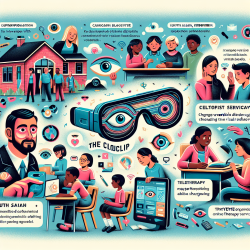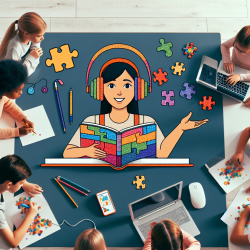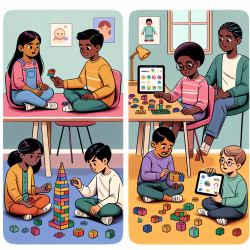As practitioners, our goal is to leverage data-driven solutions to enhance outcomes for children. The Clouclip, a wearable device, provides an effective intervention for unhealthy visual behaviors, particularly those contributing to myopia. Let's delve into the findings and implications of this study.
Key Findings from the Study
The study, conducted with 67 school-age children, aimed to assess the effectiveness of the Clouclip device in modifying near-work behaviors. Here's a summary of the key outcomes:
- Increased Near-Work Distance: The average near-work distance increased significantly during the intervention period. For children with an excessively close working distance, the improvement was as high as 31.95%.
- Reduced Time Ratio of Excessive Near-Work: The time ratio of near-work activities at a distance of less than 30 cm decreased by 40.50% after the intervention.
- Decreased Frequency of Continuous Near-Work: The frequency of continuous near-work sessions lasting more than 30 minutes dropped by 66.67%.
Practical Implications for Practitioners
These findings provide actionable insights for practitioners looking to improve visual health in children:
- Implement Wearable Technology: Integrate devices like Clouclip into your practice to monitor and intervene in unhealthy visual behaviors.
- Educate Parents and Schools: Share the benefits of using wearable devices to enhance children's visual habits, emphasizing the importance of consistent use.
- Conduct Follow-Up Assessments: Regularly assess children's visual behaviors to ensure sustained improvement and make necessary adjustments to the intervention.
Encouraging Further Research
While the study shows promising results, it also highlights the need for further research. Future studies should explore larger sample sizes, long-term effects, and the integration of additional behavioral and genetic data to establish a comprehensive model for myopia prevention.
To read the original research paper, please follow this link: An effectiveness study of a wearable device (Clouclip) intervention in unhealthy visual behaviors among school-age children.










